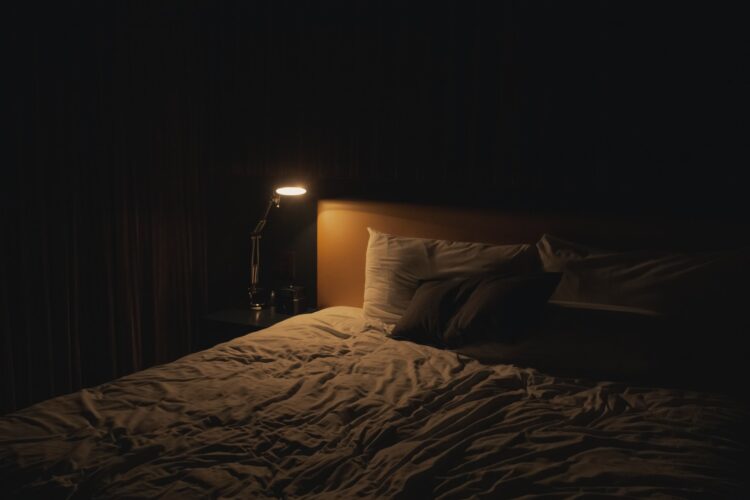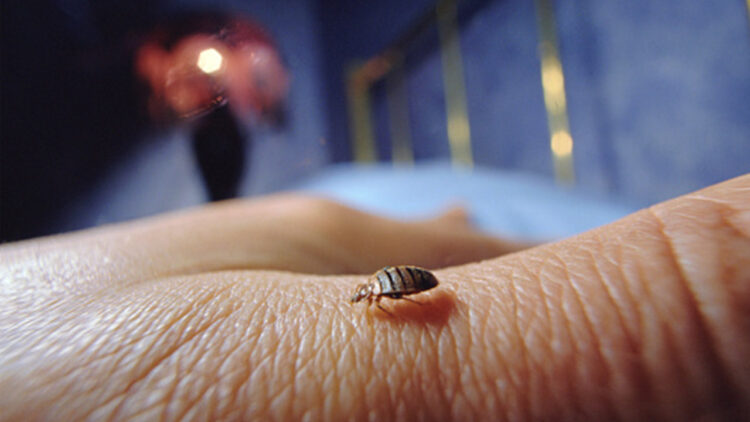The discovery of bed bugs is not exactly the best way to start the day. If you’ve never had to deal with them up to this point, you probably have a lot of questions. Since you want facts and not opinions about the bugs and getting rid of them, it pays to turn to a Responders Pest Control bed bug exterminator Winnipeg for answers to your questions. Here are four that need to be at the top of your list.
What Do Bed Bugs Look Like?
The typical bed bug has a body that’s oval-shaped and somewhat flat. There are six legs attached to the body. In color, the bugs are usually a reddish-brown hue. The color deepens after the bug has fed and happens to be full of blood. In length, the bugs range from around 1 mm to 7mm (0.039 inches to 0.28 inches).
Can Bed Bugs Fly?
They sure wish they can, but we’re luckier than that. The answer is no; they can’t. Their favorite means of transportation is hitchhiking. If you sit down in an infested area, bed bugs will get onto your clothes or bag. Once you get home, they’ll come down to your furniture. When there, they’ll just do the same. These bugs live of repetition, and it’s how they manage to spread fast to different areas. When you see their modus operandi, you understand they don’t even need wings.
How Do They Get Into My Home?

Bed bugs make their way into the home by being carried in from some other location where an infestation is present. One of the more common methods has to do with picking up the bugs while traveling. It’s easy enough to bring them home in the luggage when you return from a trip.
You don’t necessarily have to go on a trip to transport the bugs to your home. If you visit a neighbor or friend and the bugs are present there, they can attach to your clothing or even the soles of your shoes with relative ease. Once they are actually in your space, it won’t take long for them to proliferate.
The bugs may also be in the upholstery and padding of furniture you’ve purchased and brought to the home. It doesn’t have to be previously owned furnishings that provide the mode of conveyance. Warehouses are not immune to bed bug infestations. That means the new mattress that you pick up at a closeout sale could also have bugs in the mattress.
Purchasing new or used clothing may also provide a means of entry. If the bugs were present at the yard sale, in the thrift shop, or managed to infest the retail store, rest assured they will soon take up residence in your home.
Will Bed Bugs Bite During the Day?
It is a common belief that bed bugs are only active during the night. If you think this way, you are in the wrong. They bite even during the day. What you probably heard is that they’re nocturnal insects, and this means that they operate during the night. But, if a person is nearby, which is in their heads viewed as food, they’ll take advantage and feast. So not, you’re not safe during the day from these pests. They’re not only night birds like vampires, for example.
What Should I Do If I Get Bitten?
Yes, they’re an annoying bunch, but luckily they are not disease carriers. So, if you get bitten by bed bugs, you probably won’t need any medical intervention. The worst that can happen is that you get skin irritation, which can be easily treated and is no reason for concern.
Do Bed Bugs Only Live in or on Beds?

You wish, but no. They love all sorts of furniture. It doesn’t even need to be upholstery furniture. They’ll get into picture frames, carpets, wooden cabinets, and all other kinds of places. This is why it’s essential to be extra careful if you are buying used furniture. You could receive an unpleasant gift without even knowing it. Bed bugs are a menace, and you should always look out not to give them a place to stay in your home.
Clean Home Means no Bed Bugs?

No, it does not. Unfortunately, it doesn’t. We would love to tell you otherwise, but it wouldn’t be the truth. Bed bugs don’t make a difference. They’ll enter a dirty house and a clean one alike. All that they want is a place to stay where they can breed. Cleaning your home frequently could help you find them more rapidly and prevent spreading and getting rid of them before there are too many.
Why do we Have Bed Bugs Again?
This is a good question. Back in the day, during the great world, bed bugs were a significant issue. But, after WWII, DDT insecticides were allowed, and they did wonders against bed bugs. For fifty years, these pests were considered eradicated in North America. But, in the mid-time, pest management became lighter, and we no longer use the same pesticides. Add international travel to the mix, and new generations of bed bugs reached our shores. They’re currently on a spreading spree as people forget how to fight them and do not take them seriously as they should.
What are the Most Common Signs of an Infestation?
A bed bug exterminator will point out several common signs that your home is infested. Small rust-colored stains on the bedsheets indicate there’s a problem. A musty odor in the bedding and in other soft surfaces is also a strong indication. If you have a series of tiny bites on the skin, especially if they are accompanied by itching sensations, you likely have bed bugs.
Why Call an Exterminator Rather Than Deal With the Bed Bugs Myself?
Products you buy to treat infestations provide some relief, but it’s easy to overlook areas where the bugs are present. Opting for a professional to take care of the problem means those areas are inspected and treated if necessary. You’ll find that thanks to the use of professional service, the level of heat treatment for bed bug’s effectiveness is higher and also will resolve the issue in less time.
Do you think that there are bed bugs in the home? Call today and have a professional take a look. It may be that heat treatment will kill the adult bugs and also eliminate the eggs. Keep in mind that a bedbug heat treatment does not involve the use of chemicals, something that’s great for you, your family, and any pets that live in the home.
 Hi Boox Popular Magazine 2024
Hi Boox Popular Magazine 2024



